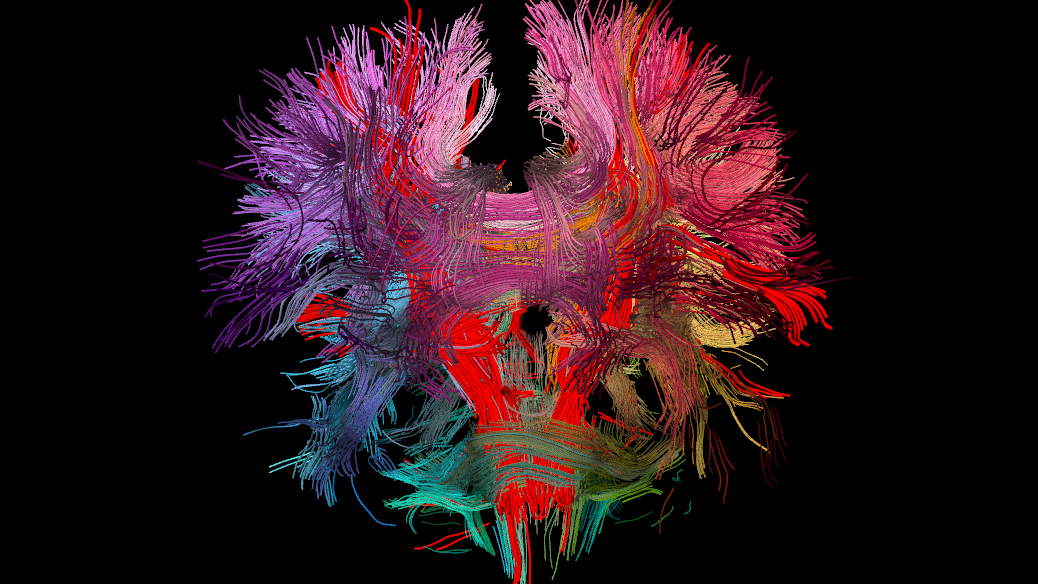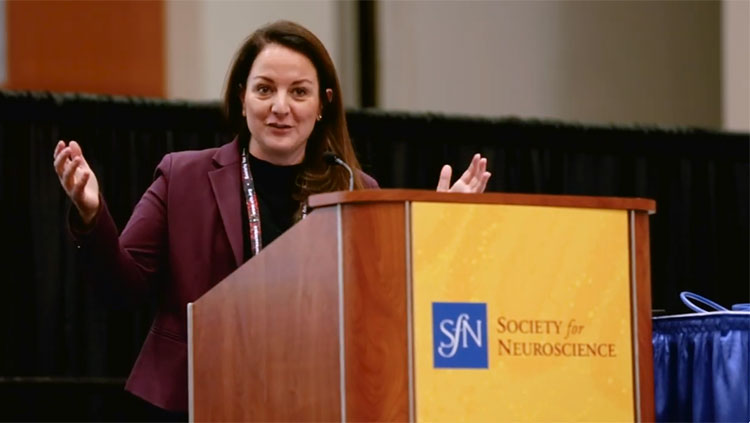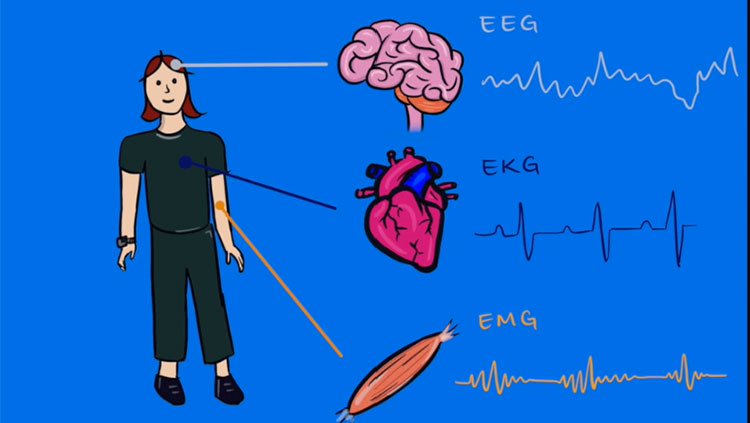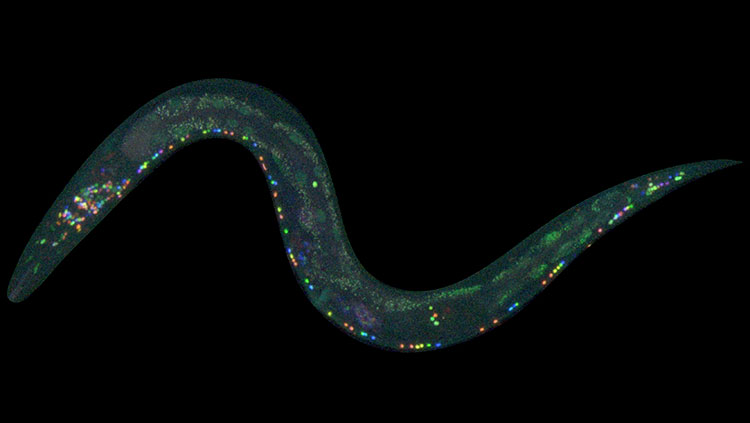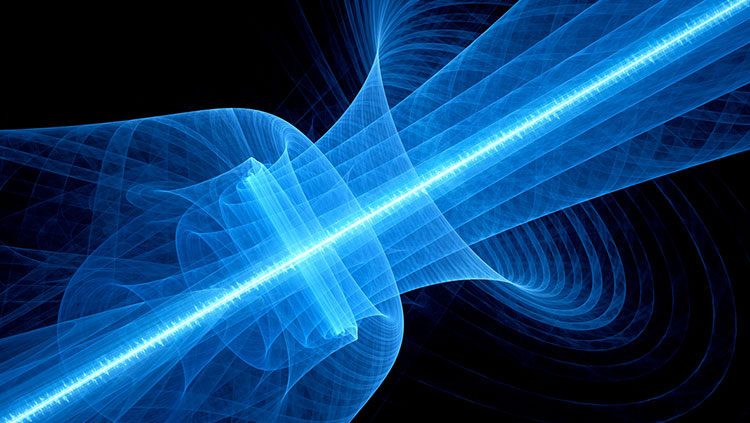Teasing Out the Mysteries of the Brain to Enhance Artificial Intelligence
- Published13 Feb 2018
- Reviewed13 Feb 2018
- Author Lisa Seachrist Chiu
- Source BrainFacts/SfN
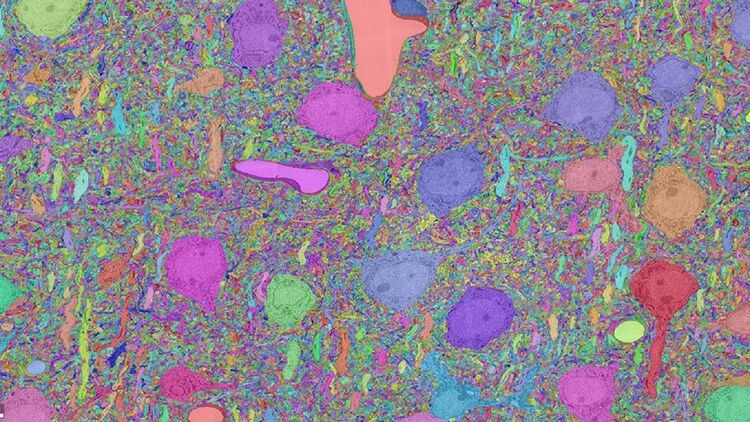
In a world with self-driving cars and computer algorithms capable of besting humans at games of strategy, Baylor University neuroscientist Andreas Tolias believes, “The next superpower is the one that controls artificial intelligence.
Before that can happen, however, artificial intelligence (AI) is going to need to become a lot more like humans. Currently, even toddlers can outperform computers when it comes to identifying objects. For example, very young children readily make the connection between flat cartoon images of a cat and the family pet. Computer algorithms need hundreds of exposures to images of an object before they can reliably identify a new image.
When you see a Segway for the first time, and someone tells you ‘that’s a Segway,’ the next time you see one, you will know that is a Segway even though you have only seen it once,” says David Markowitz, program manager at the Intelligence Advanced Research Projects Activity (IARPA).
Artificial intelligence can’t do that.
A five-year IARPA-funded BRAIN Initiative, project called Machine Intelligence from Cortical Networks (MICrONS) aims to revolutionize machine learning by taking cues from how the brain processes information to develop brain-like learning.
Nuno Maçarico da Costa, a MICrONS-funded researcher from the Allen Institute for Brain Science, notes, “By learning the principles of how the brain works, we can transfer that knowledge to technology, and we are then in a much better position to ask the right questions.”
Just 10 years ago, researchers viewed artificial neural networks (ANN) — computing systems that simulate the way the brain processes information — as an interesting but not particularly robust way to solve artificial intelligence problems. By 2012, the introduction of graphical processing units (GPUs) for video gaming jumpstarted the ANN field, sparking remarkable advances in image and voice recognition. Still, while ANNs steadily improved, they needed to be trained to recognize objects or speech with very large data sets.
It became clear that we needed a fundamental new advance,” Markowitz said. “And, to close the gap between how animals can learn from new experience rapidly and what algorithms can do, we needed to look to how the brain computes.”
However, the success of MICrONS, and the BRAIN Initiative as a whole, hinges on more than just technological developments. Scientists with vastly different skill sets must work together to understand the most complex biological organ in the known universe.
"We have the technology now to look into the detailed organization of the brain"
The MICrONS project lives at the intersection of two important revolutions: (1) The BRAIN Initiative, which is developing technologies that allow us to explore the brain at a level of detail unimaginable just a few years ago; and (2) dramatic advances in artificial intelligence.
A deep understanding of how the brain processes information requires knowing which neurons are functioning while performing tasks, how they are connected to each other, and the rules that those neurons follow. The MICrONS project is currently funding two teams comprised of neuroscientists and machine learning specialists to complete the wiring diagram of all the neurons in a cube of rodent brain roughly the size of a grain of sand. They must then use what they learn to improve the performance of AI.
The task is unprecedented and painstaking as the teams attempt to trace the nearly 100,000 neurons and their roughly 10 million connections contained in a tiny chunk — just one cubic millimeter — of brain. The teams are establishing how neurons function in circuits while rats or mice perform simple visual tasks. They are focusing on the area of the brain responsible for processing what the animals see — an area called the visual cortex. Based on what they learn, the teams will work to significantly improve a computer algorithm’s ability to recognize objects.
We have the technology now to look into the detailed organization of the brain,” says Baylor’s Tolias, who leads a MICrONS project team comprised of researchers at universities and institutions from around the world. He points out that one of the principal goals of the BRAIN Initiative is to develop the tools to allow this type of research.
For example, Tolias’ team records the activity of neurons in that cubic millimeter of mouse brains. The animals’ brains are then sent to researchers at the Allen Institute headed by da Costa and R. Clay Reid. They create vanishingly thin slices of the brain and use an electron microscope to get very precise and detailed information about the physical structure of that section of the brain. At this point, Sebastian Seung’s Princeton group uses the functional and structural data to digitally reconstruct the circuits in three dimensions.
The effort then moves back to Baylor as Tolias’ team works to tease out the rules by which these circuits function. This is accomplished by examining the changes in large scale patterns of neural activity. Those efforts are supported by Matthias Bethge, from the University of Tuebingen, and Columbia University’s Liam Paninski, who are working to develop the tools and mathematical models needed to interpret all the data being generated.
In concert with these efforts, expert teams in machine learning led by Ankit Patel from Baylor College of Medicine and Rice University, Richard Baraniuk from Rice University, and Raquel Urtasun and Richard Zemel from the University of Toronto, are working to create artificial neural networks that incorporate what the researchers are discovering about the brain.
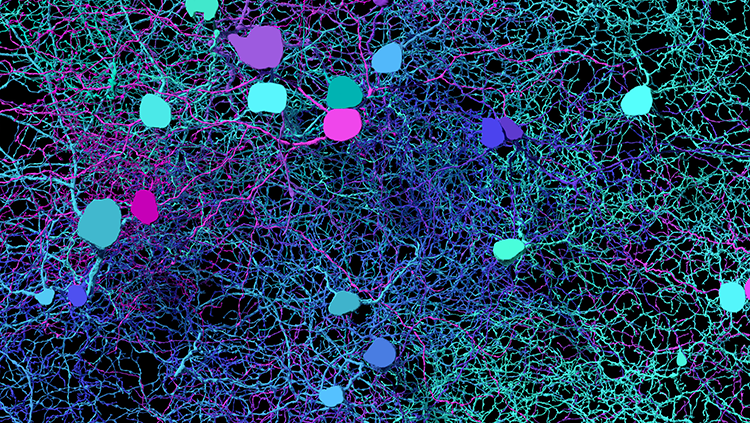
The MICrONS project is the only project in the world that I am aware of that brings together the people who are recording the brain activity of awake behaving animals with people who focus on brain anatomy, all the way to people who work in machine learning and AI, all in one cohesive team,” says Andreas Tolias.
"We are trying to establish a model for collaboration and a reproducible pipeline for computational neuroscience" in order to translate the research into something that has practical value for the world, says Markowitz. “We hope to provide guidance for future efforts.”
As Christoph Koch, Chief Scientist and President of the Allen Institute often notes, “If you want to go fast, go alone. If you want to go far, go together.”
CONTENT PROVIDED BY
BrainFacts/SfN



